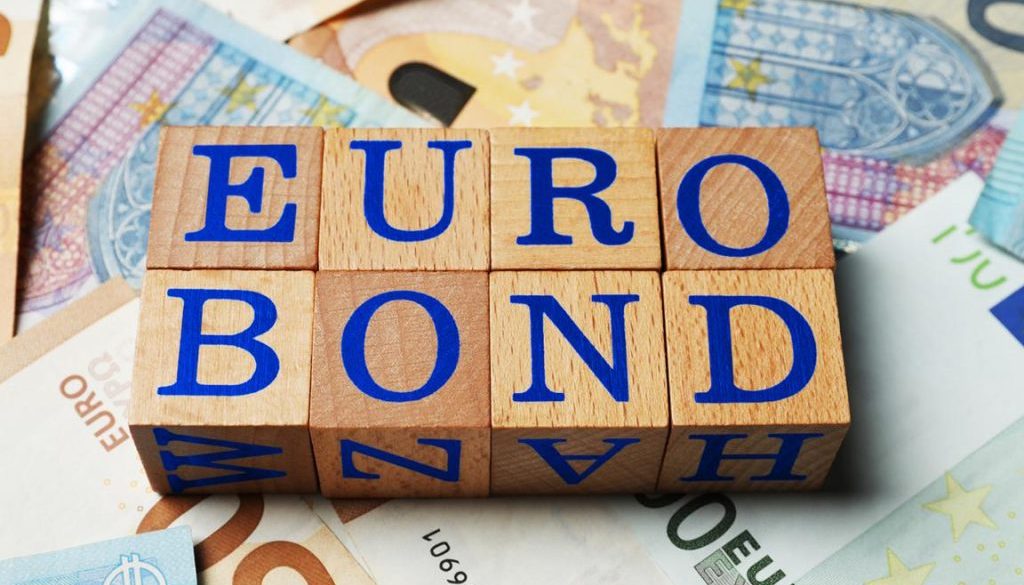Kenya’s Eurobond Play Is Smart—but Not Sustainable
Kenya’s US$1.5 billion Eurobond issue and US$628 million buyback are a masterclass in optics—buying time, not solvency. Nairobi regains market access but deepens FX risk, proving that financial engineering cannot outrun fiscal gravity.

Kenya’s twin Eurobond operations — the US$1.5 billion dual-tranche issuance and the US$628 million buyback of its 2028 notes — form a single, strategic statement about Nairobi’s evolving approach to sovereign finance. They are not isolated events but sequential phases of a broader attempt to restore confidence, reprofile debt, and re-enter global capital markets under disciplined terms.
The buyback, executed at a premium of US$1,037.50 per US$1,000, was designed to retire a large portion of the 2028 Eurobond, easing the most acute refinancing risk on Kenya’s external debt calendar. It signalled pre-emptive management of obligations — not crisis response. Yet it also confirmed the government’s willingness to pay a short-term price for reputational gain. The follow-on US$1.5 billion Eurobond issue financed that buyback and extended Kenya’s maturity profile through seven- and twelve-year amortising tranches. Taken together, the two moves transformed a near-term bullet repayment into a staggered schedule, buying time and reshaping investor perception.
This dual operation marks Kenya’s re-entry into global capital markets after a period of exclusion during which frontier issuers struggled to place paper amid global rate hikes. By securing oversubscription and pricing the new bonds at a blended yield of roughly 8.7 percent, Kenya proved that market access was still possible — albeit expensive. The yield, about 100 basis points lower than where the 2028s were trading before the tender, suggests a modest confidence premium. It was not a cheap deal; it was a credible one. Investors effectively priced in a governance dividend for proactive management.
Still, the macro trade-offs are clear. Kenya’s public debt sits near 70 percent of GDP, with about half denominated in foreign currency. The buyback lowers refinancing stress but raises exposure to long-term foreign-exchange and interest-rate risk. The shilling’s recent volatility — a depreciation of nearly 20 percent over two years — remains a structural vulnerability. If the currency weakens again, the supposed relief from yield compression could evaporate as external debt-service costs climb in local terms. In effect, Kenya has swapped liquidity risk for currency risk.
The deeper signal is reputational. By conducting a market-based tender and reissue without IMF underwriting, Kenya sought to reposition itself as a technically competent and transparent borrower — a sovereign capable of active liability management rather than reactive crisis financing. For investors weary of restructurings in Ghana and Zambia, Nairobi’s return represents continuity and professionalism. But for fiscal realists, it exposes a paradox: Kenya has re-established market access not because its fundamentals improved dramatically, but because it executed competently within the same constraints. The sustainability question therefore remains unresolved.
The political economy of the move is also significant. Treasury’s timing coincides with a tighter domestic fiscal stance and growing scrutiny over external borrowing costs. A successful market operation allows the government to claim technocratic credibility while deflecting immediate default concerns. It strengthens the hand of policymakers in negotiations with the IMF, showing that Kenya can still raise commercial capital. But this show of confidence risks morphing into complacency if the fiscal deficit remains wide and domestic arrears continue to grow. The operation buys time for reform; it does not deliver it.
From a continental perspective, Kenya’s actions reposition it as Africa’s benchmark for debt management sophistication. Few frontier sovereigns have combined a buyback with a new issuance in a single cycle. The method contrasts sharply with the disorderly restructurings seen elsewhere, introducing a model rooted in active market engagement. Yet the lesson for peers is cautionary: sophistication cannot substitute for solvency. A buyback financed by new borrowing is balance-sheet neutral at best. Without rising exports, stronger reserves, and fiscal discipline, the debt trajectory remains only cosmetically improved.
For global investors, Kenya’s dual operation represents the first African test of market-led debt reprofiling since the post-COVID cycle of downgrades. The positive response reflects confidence in technical execution and the credibility of institutions such as the Central Bank of Kenya (CBK) and the National Treasury, not in a sudden macroeconomic turnaround. The spread tightening that followed was therefore as much about optics as fundamentals — a reward for clarity, not capacity.
Kenya’s re-entry and buyback together signal the maturity of its debt-management apparatus but also the persistence of its structural limits. The government has regained access to capital markets and reduced short-term refinancing risk, but at the price of deeper long-term exposure. It has proven that African sovereigns can still engage global investors on sophisticated terms — yet also reminded those investors that financial engineering cannot outpace fiscal gravity.
The dual Eurobond exercise buys Kenya time, credibility, and flexibility — but not solvency. Whether that breathing space becomes a reform window or a reprieve from reckoning will determine if this episode is remembered as a turning point or merely a pause in an unsustainable cycle.





